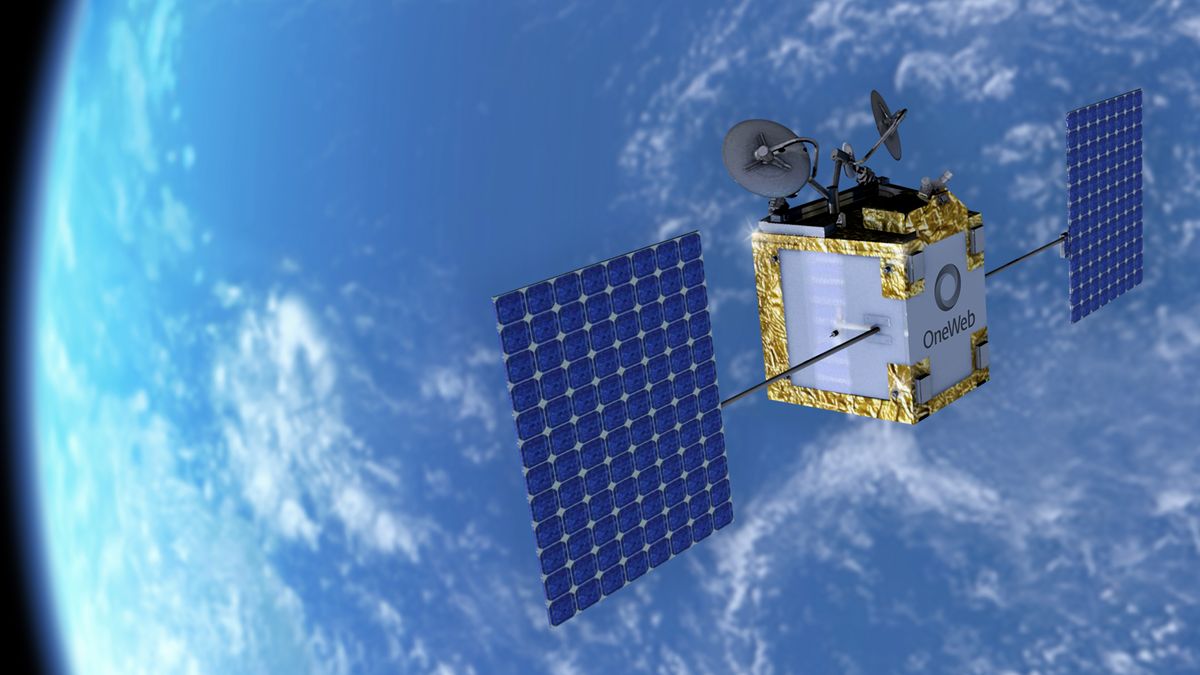EHT Collaboration, Fermi-LAT Collaboration, H.E.S.S. Collaboration, MAGIC Collaboration, VERITAS Collaboration, EAVN Collaboration
The Event Horizon Telescope (EHT) Collaboration has made more fascinating observations of the supermassive black hole at the centre of the Messier 87 galaxy – M87*.
“We were lucky to detect a gamma-ray flare from M87 during this EHT’s multi-wavelength campaign, ” says Giacomo Principe of the University of Trieste in Italy.
“This marks the first gamma-ray flaring event observed in this source in over a decade, allowing us to precisely constrain the size of the region responsible for the observed emission.”
Gamma-ray bursts are the brightest and most powerful explosions in the universe. This energetic flare lasted for about 3 days and was emitted from a region less than three light-days in size. That’s about 170 Astronomical Units, where 1AU is the distance from the Sun to Earth.
“The duration of a flare roughly corresponds to the size of the emission region,” says Daniel Mazin of the University of Tokyo, Japan.
“The rapid variability in gamma rays indicates that the flare region is extremely small, only approximately ten times the size of the central black hole.”
The data, which was collected during the second EHT observational campaign in 2018 and involved more than 25 terrestrial and orbital telescopes, is presented in a new article in the journal Astronomy & Astrophysics.
“The activity of this supermassive black hole is highly unpredictable – It is hard to forecast when a flare will occur,” says Kazuhiro Hada of Nagoya City University, Japan.
In 2019, EHT released the first image of a black hole from data collected during the 2017 observational campaign.
“The contrasting data obtained in 2017 and 2018, representing its quiescent and active phases respectively, provide crucial insights into unravelling the activity cycle of this enigmatic black hole,” says Hada.








Leave a Comment